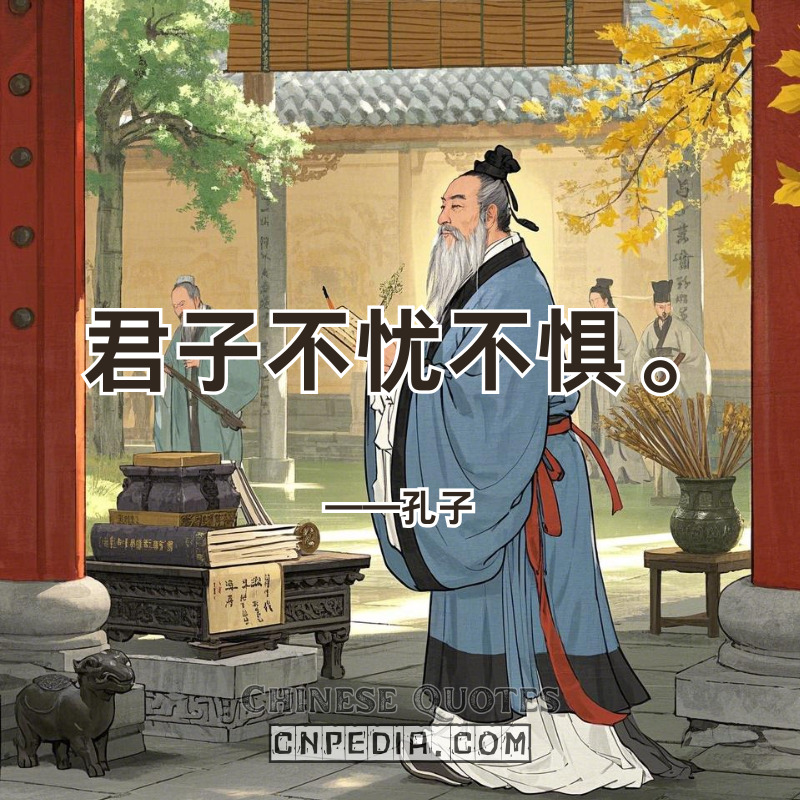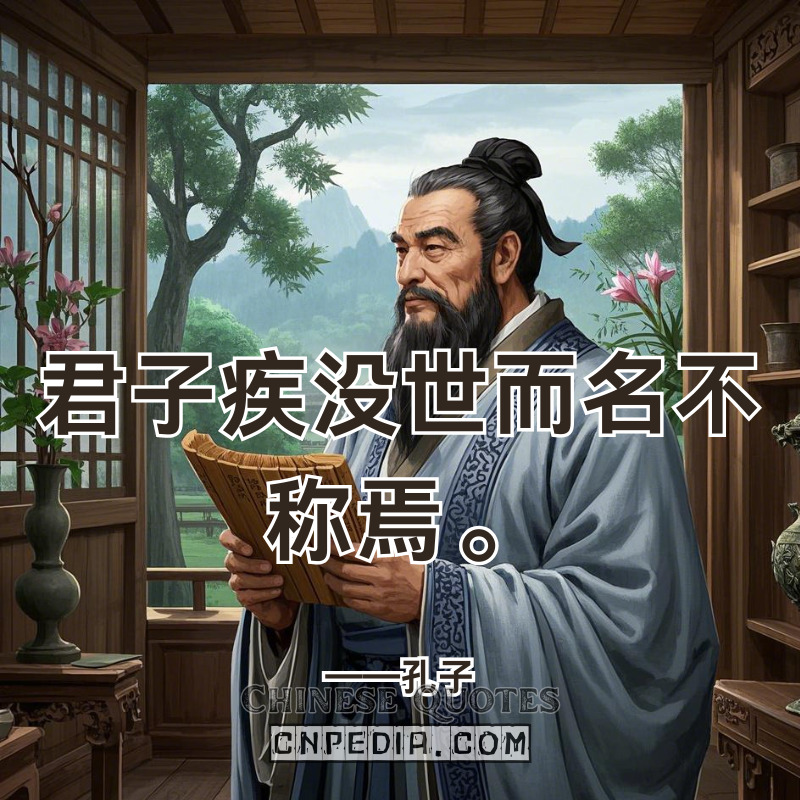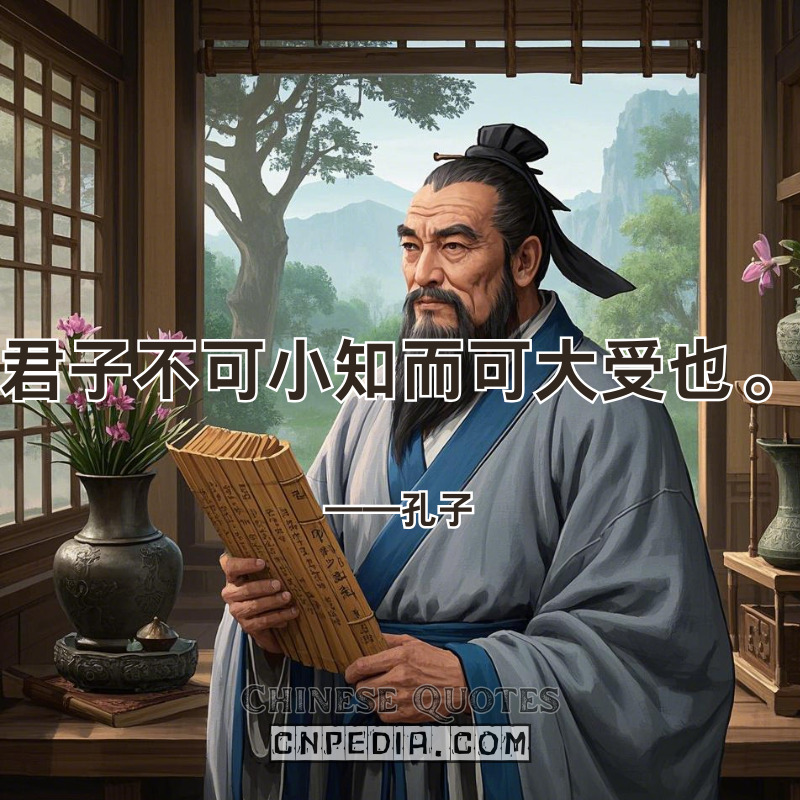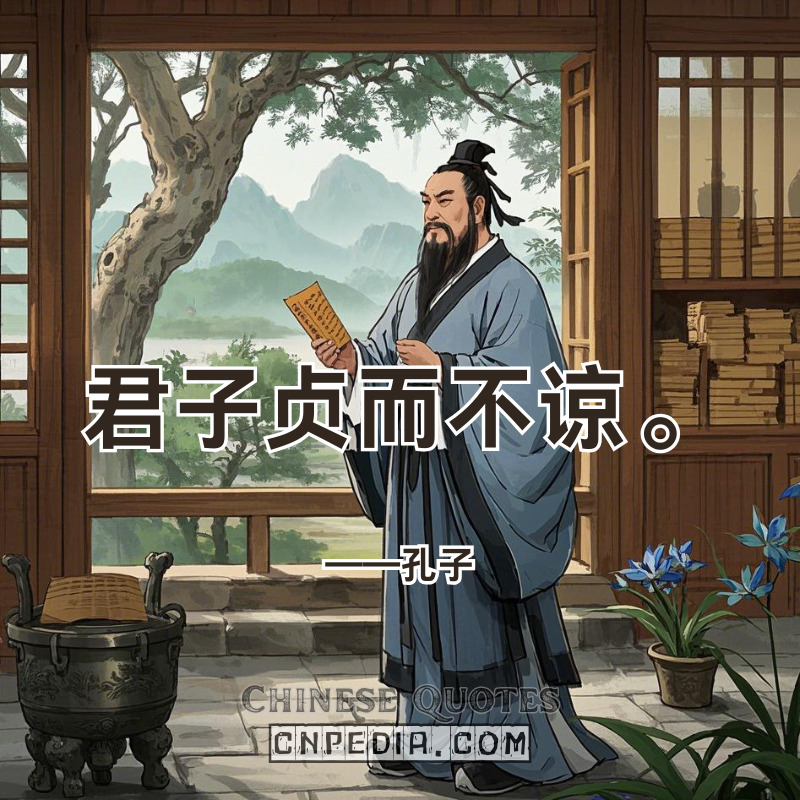学而不思则罔,思而不学则殆。——孔子
(xué ér bù sī zé wǎng, sī ér bù xué zé dài — Kǒngzǐ)

Translation: “Learn without reflect—beclouded; reflect without learn—endangered.”
Explanation:
Confucius’ pedagogical axiom “学而不思则罔(xué ér bù sī zé wǎng), 思而不学则殆(sī ér bù xué zé dài)” (Learn without reflect—beclouded; reflect without learn—endangered) establishes humanity’s earliest dual-process learning theory. The character 罔(wǎng)—combining 网(wǎng, net) and 亡(wáng, loss)—visually traps cognition like a snare blinding insight. Conversely, 殆(dài) (endangerment) warns of intellectual hubris, where ungrounded speculation collapses like unstable foundations. This framework shaped 科举制(kē jǔ zhì) (Imperial Exams)’s structure, requiring candidates to cite classics (学(xué)) and propose governance solutions (思(sī)).
Song Dynasty academies institutionalized this balance through 讲经筵(jiǎng jīng yán) (classic debates), where scholars alternated scripture recitations with policy critiques. Modern education mirrors this: Bloom’s Taxonomy’s Analyze and Evaluate tiers operationalize 思(sī), while Remember and Understand embody 学(xué). Machine learning engineers now encode this wisdom—neural networks trained on 学(xué) (data ingestion) must undergo 思(sī) (validation cycles) to avoid overfitting’s “beclouded” models.
Neuroscience quantifies Confucius’ warning. 2023 fMRI studies show rote learning (学(xué)) without reflection activates only Broca’s area (memorization), while unguided 思(sī) overstimulates the default mode network (daydreaming). Hybrid approaches spark prefrontal-insula connectivity, boosting retention by 63%. AI tutoring systems like Khanmigo now balance 学思(xué sī) through adaptive quizzes followed by Socratic questioning.
From Montessori’s “absorbent mind” phases to quantum algorithm designs requiring classical-computing cross-checks, this 2,500-year-old principle remains a cognitive North Star. As brain-computer interfaces challenge passive learning paradigms, Confucius’ net-and-loss character becomes humanity’s firewall against intellectual entropy.








——Records-of-the-Grand-Historian-Biographies-of-the-Money-makers.jpg)
——Records-of-the-Grand-Historian-Biographies-of-the-Money-makers.jpg)
——Records-of-the-Grand-Historian-Biographies-of-the-Money-makers.jpg)
——Records-of-the-Grand-Historian-Biographies-of-the-Money-makers.jpg)
——Records-of-the-Grand-Historian-Biographies-of-the-Money-makers.jpg)
——Records-of-the-Grand-Historian-Biographies-of-the-Money-makers.jpg)